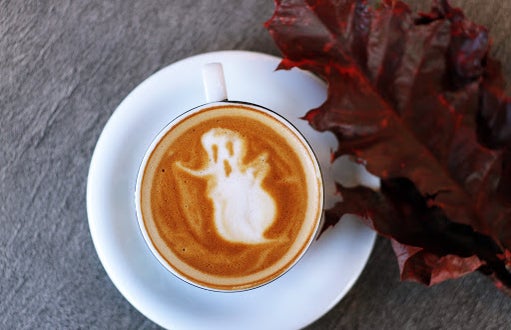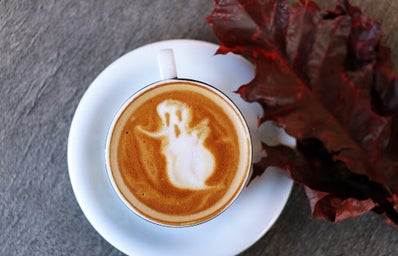You have probably heard of Halloween, trick-or-treating, and jack-o’-lanterns, but have you heard of Samhain, Guising, or even neep lanterns? I didn’t think so. Halloween celebrations at University stray far from their roots in ancient Scotland. In this article i will guide you through lost traditions that you may want to give new life to this Halloween.
The origins of Halloween
In ancient Celtic times, the festival of Samhain marked the end of harvest and celebrated the new year. It was also believed that on the day of this festival, spirits could roam Earth more freely, helping the name develop into ‘All Saints’ Day’ (on the 1st of November) and ‘All Hallows Eve’ on the 31st of October. Not only did the name of ‘Halloween’ come from the Ccelts, so too did many of the ways we now celebrate. By delving into Scotland’s forgotten Halloween traditions we are able to uncover the long lasting connection between Scotland, the supernatural, and the unknown.
Guising
One tradition that may be more recognisable to modern day Scots is Guising. Similar to what is now ‘trick-or-treating-,’ children would dress up on ‘All Hallows Eve’ in attempts to blend in with any wandering spirits out on the streets. Children would go door-to-door performing songs, dances, or jokes in return for food or coins. Many Scottish households still call these door-to-door performances Guising, helping us remember our Halloweens of the past.
Neep lanterns
Neep lanterns are another tradition not too far from our current ones. Before the times of American-imported pumpkins there were turnips. Turnips, an easily available vegetable in Scotland, would be placed in front of people’s doors and carved with scary faces in attempts to ward off ghouls and ghosts.
Bonfires
Halloween was also signalled by the lighting of bonfires. Although we may see bonfires around Guy Fawkes night, it’s uncommon for them to be used in the way they once were. Traditionally, the fires were used to ward off evil spirits and were done as a community to keep your town safe.
Nut burning
Looking for love this fall? Maybe think about incorporating nut burning into your Halloween traditions. Once common, the act of nut burning on Halloween helped engaged couples or single young women predict their love lives. If, when burned, the nuts were quiet, the love life was deemed to be a success, and if loud it was said that a rocky future was to come.
Kale pulling
Another Halloween tradition associated with love was kale pulling. Single people would pull stalks of kale from the ground with their eyes closed. The shape, length, and amount of soil on the roots of the plant would represent different elements of their future partner.
Modern Halloween
It’s safe to say Halloween has come a long way since Samhain, yet the echoes of the ancient celebration still resonate within many of our modern ways. By rekindling Scotland’s traditions we can rediscover the magic of our unique Halloween celebrations and connect ourselves to our history and folklore. So considering that, I push for less pumpkins and more turnips, less ‘trick-or-treating’ and more Guising, and finally more recognition for ‘All Hallows Eve’ as it once was.


